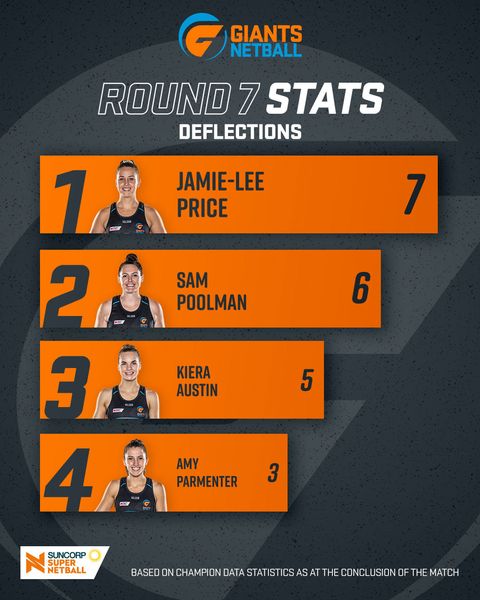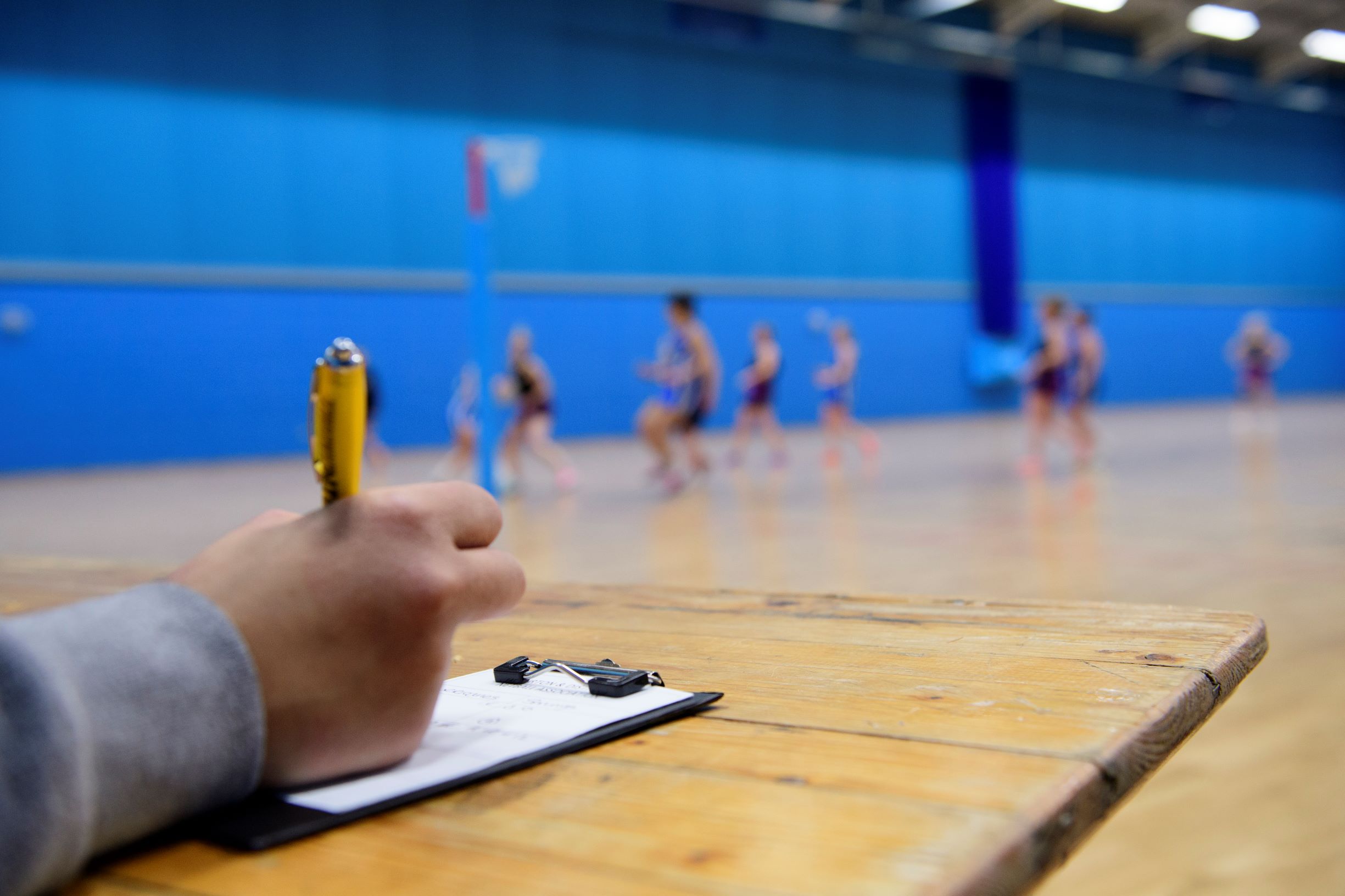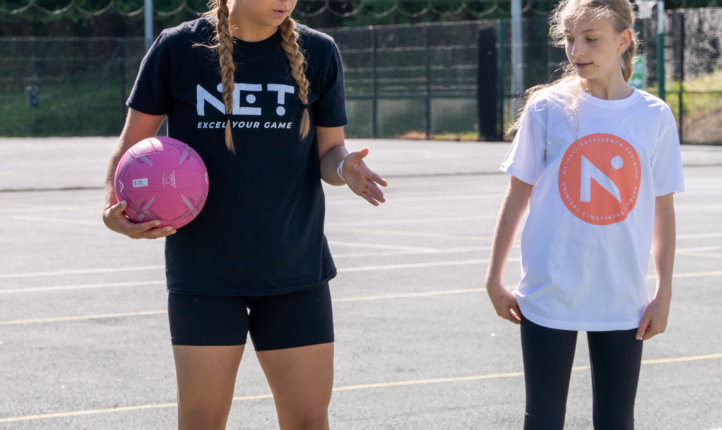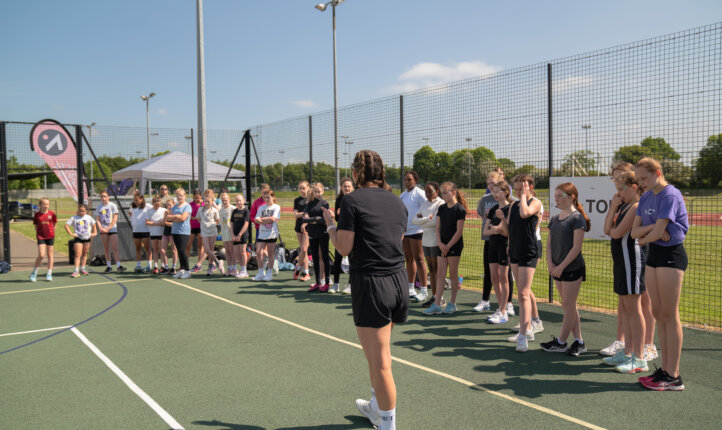January 1, 2021
Using Statistics to Help Progress your Athletes
“Focus on the positive goal percentages, the positive turnovers and the positive possession percentages first as this will help empower your players and shift their mindset. They will feel more determined to train to do better next time if they feel that this is achievable.”
We all know that one coach (perhaps it’s you) that sits on the bench at a game with the sole purpose of taking down statistics. They usually have a long list of things they are looking out for; shots missed, shots rebounded, interceptions taken, passes taken, centre pass, ball turnover, centre pass to goal… the list goes on. But is it really worth it?
There is no doubt that statistics can play a big role in helping individual players to see areas of improvements needed in their game or perhaps improvements in their performance throughout the season, but are they necessary for improving overall squad performance and how can they best be used to inform your training sessions in the lead up to game day?
Take a look at the five ways in which you can use your statistics to help progress your athletes both individually and as a squad below.
- Individual goal setting
Reflecting on individual player statistics can be a really useful way for you to not only build relationships with your players, but also to set goals and targets for them to improve in the future. It is really important that you allow yourself time with each player to help them to reflect on their performance and talk to them and help them to set some SMART goals for the future. This is particularly important for shooters who often reflect negatively on their performance. Speak to them about their shooting percentage in a game and get an understanding as to how they felt during that game. This will help you to put a programme together for them to help enhance their percentages in the future.
2. Reflecting on a game ready for rematch
Revisiting match statistics can be a really useful tool for coaches when it comes to the re-match later on in the season. Looking at the amount of turnovers or centre pass to goal percentages can help you to understand how to best overcome a tight defence or utilise possession of the ball better next time. Reflecting on this as a coach can also help you to set targets for your team in the re-match or even plan and prepare your training sessions as well.
3. Looking at player positions
Reflecting on the successful statistics during each quarter of the game can help you as a coach to better understand the player combinations that work best on court. Perhaps your shooting percentage was higher with a certain GS, GA or WA working together. Perhaps you turned over more ball with a certain GK in at the back or maybe even your centre passes were more successful with a certain mid-court combination. All of these statistics can help you to better understand your team selection for the next competition and can also help you to understand where there is room for improvement and development too.
4. Tactics and rules for the court
If you’ve come away from a game feeling a bit deflated, reviewing the statistics can help you to see where it went wrong and where perhaps your players need further guidance and support from you. One of the most frustrating things about being a coach is that you can’t be on the court with your players and help them make their decisions. If you can see that 50% of turnovers were unsuccessful to goal, then this suggests that perhaps your players are struggling to transition from defence to attack effectively. This can be overcome in training by setting out rules such as ‘after every turnover there must be a short pass’. Giving your players rules to live by on the court can help them to eradicate erratic play and therefore improve their performance in the future. It can also give you as a coach peace of mind that they have ‘rules to live by’ on the court that both you and the players are decided on.
5. Shifting mindsets to positively empower players
Statistics do not just have to show the bad things that happened in the game and in fact they shouldn’t. Statistics can be used really positively with your players to help them to reflect on the good things that have been achieved in a game. This is really useful for reflection after a game that perhaps didn’t go your way. Focus on the positive goal percentages, the positive turnovers and the positive possession percentages first as this will help empower your players and shift their mindset. They will feel more determined to train to do better next time if they feel that this is achievable.
Make sure to follow us on socials and to sign up to our newsletter for more coaching tips every single month. Did you know we now also have a ‘Coaching Series’ on YouTube? Take a look and let us know if there are any topics you would like us to cover in the future.













